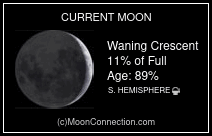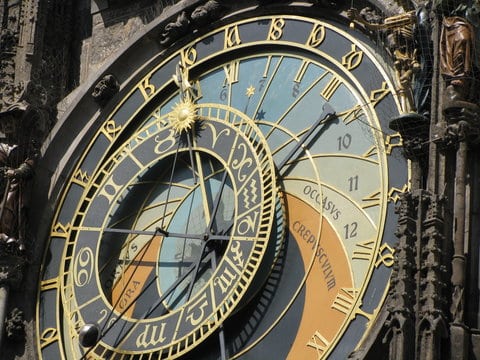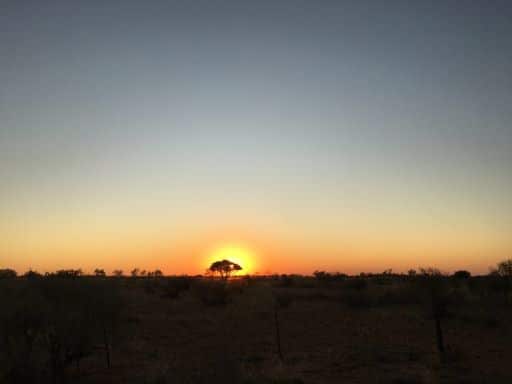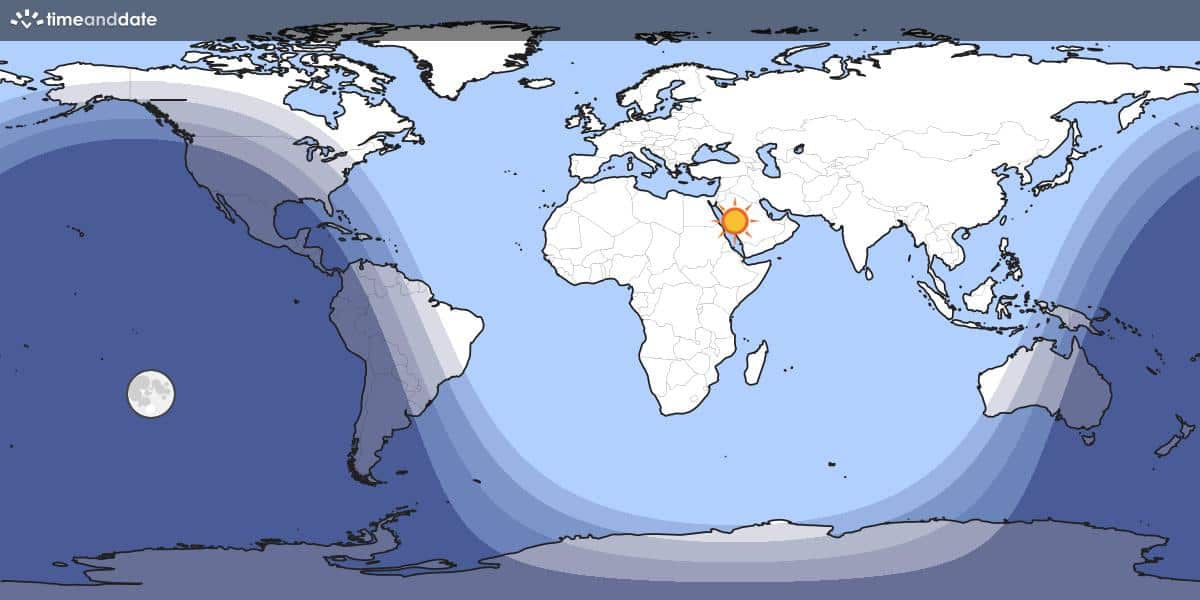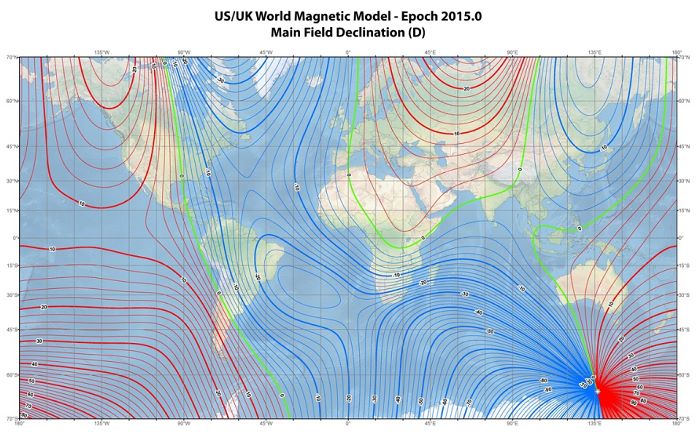LMC 7 Supergiant Shell
Steve Gottlieb’s Observations
KMHK 119 = H-S 33
04 49 17 -69 52 30; Men
Size 0.4′
30″ (11/6/10 – Coonabarabran, 264x): picked up 1.8′ SW of NGC 1702 as a small faint, patch, 20″ diameter, no resolution.
NGC 1702 = ESO 056-008 = S-L 46
04 49 28 -69 51 06; Men
V = 12.5; Size 1.0′
30″ (11/6/10 – Coonabarabran, 264x): nicely resolved cluster, a dozen stars counted in a 50″ region. KMHK119, a faint cluster, was picked up 1.8′ SW. NGC 1702 is situated 6.7′ WSW of mag 7.2 HD 31518. NGC 1704, a bright cluster, lies 6′ NNE and NGC 1711, a showpiece object, lies 10′ SE.
Notes: John Herschel discovered NGC 1702 = h2680 on 12 Nov 1836 and reported a “vF, S, cluster.” His position matches this LMC cluster. Herschel mentions that James Dunlop’s D 73 is possibly an earlier discovery but of the three objects (NGC 1702, 1711 and 1751) that are likely D 73, NGC 1711 is the brightest.
NGC 1704 = ESO 056-009 = S-L 50
04 49 56 -69 45 24; Dor
V = 11.5; Size 1.7’x1.6′
30″ (11/6/10 – Coonabarabran, 264x): bright, moderately large, slightly elongated, 1.1’x0.9′. Contains three bright collinear stars oriented E-W as well as a number of faint stars resolved in the halo. NGC 1702, a bright resolved cluster, lies 6′ SSW and a mag 7.2 star (foreground HD 31518) lies 6′ SE. NGC 1704 forms the north vertex of an equilateral triangle with NGC 1702 and the bright star.
Notes: James Dunlop probably NGC 1704 = D 110 = h2683 = on 3 Aug 1826. He reported “a small faint nebula”. He recorded it again on 24 Sep 1826 (first object in his first of two drifts). His drift log shows it at 15′ N of NGC 1711 and 22 seconds of time preceding, a good match.
John Herschel rediscovered the cluster (h2683) on 24 or 25 Dec 1834 (sweep 523) and called it “B; R; bM; 90″.”. But his description on 12 Nov 1836 (sweep 751) was quite different: “eF; S; extended; 40″ length; resolvable.”
NGC 1711 = ESO 056-010 = S-L 55
04 50 36 -69 59 06; Men
V = 10.1; Size 3.5′
30″ (11/6/10 – Coonabarabran, 264x): very bright, large impressive cluster, appearing like a globular! Contains an intensely bright, very mottled core, which is very mottled and surrounded by a well resolved halo. There appeared to be two superimposed layers in the halo with a number of brighter stars overlaid on several dozen fainter stars. The halo extends out to at least 4′ diameter, though without a sharp border as it thins out. Located 9′ S of mag 7.2 HD 31518. Nearby objects include S-L 56 5.5′ S, NGC 1702 10′ NW and NGC 1704 14′ NNW.
Notes: James Dunlop discovered NGC 1711 = D 73 = D 76 = h2684 = on 3 Aug 1826. He observed it again on 24 Sep, 3 Oct and possibly 27 Sep. On 24 Sep, he wrote, “a small nebula, slight condensation, pretty well defined.” and mentioned a mag 7 star 10′ N, which is nearly a perfect match with 7.2-magnitude HD 31518. D 76 was described as a “pretty bright small round nebula”. Clearly, with several observations on different nights, Dunlop was uncertain which ones referred to the same object and which ones were different.
John Herschel first observed NGC 1711 on 11 Nov 1836 (sweep 748) and described a “globular; B; S; R; resolvable.” The next night (sweep 751) he logged “globular; B; irregularly round; gradually brighter in the middle. Resolved into stars 14m, with outliers as far as 4′ diam.” Herschel gave a possible equivalence with D 76.
NGC 1751 = ESO 056-023 = S-L 89
04 54 12.0 -69 48 27; Men
V = 11.7; Size 1.7′
24″ (11/18/12 – Magellan Observatory, Australia): fairly bright, fairly large, round, 1.3′ diameter. Contains a slightly brighter core that is offset from the geometric center and an irregular halo. Two mag 15-15.5 stars were resolved at the edges and a couple of extremely faint mag 16-16.5 stars were occasionally resolved within the main glow.
Notes: James Dunlop discovered NGC 1751 = D 78 = h2705 on 24 Sep 1826. He described “a small faint nebula, about 15″ diameter, irregular round figure, with a minute star slightly involved in the south side.” His reduced published position was 12′ too far ESE, but his handwritten drift data is fairly consistent with NGC 1795, the next object in the drift. It was apparently recorded again 3 nights later, along with NGC 1795, and called “faint, ill defined, 30″ diameter, with a small star (last part unreadable).”
John Herschel rediscovered NGC 1751 = h2705 on 12 Nov 1836 (sweep 751) and logged “extremely faint, irregularly round; 2′ diameter”. His single position is accurate.
NGC 1756 = ESO 056-27 = S-L 94
04 54 49.7 -69 14 13; Dor
V = 12.2; Size 1.1′
25″ (10/17/17 – OzSky): fairly bright, relatively large, round, 1′ diameter, irregular surface brightness, slightly brighter center but no resolution. In a striking field with NGC 1748 4′ NW and NGC 1743 centered 4.7′ WNW. N90, a compact HII region is 3.7′ SE and S-L 114 is 7′ ESE.
24″ (11/18/12 – Magellan Observatory, Australia): moderately bright cluster, relatively large, round, 1.0′ diameter, broad concentration with no nucleus or resolution. Located ~5′ SE of the NGC 1743 HII complex (N83) and stellar association LH 5, which includes NGC 1737, 1743, 1745 and 1748.
Notes: John Herschel discovered NGC 1756 = h2707 on 11 Nov 1836 and noted “vF, S, R.” His position is accurate.
LMC-N90
04 55 26 -69 16 04; Dor
Size 0.6′
25″ (10/17/17 – OzSky): at 244x; small but moderately high surface brightness hazy knot, ~20″ diameter. Located 3.7′ SE of NGC 1756.
Notes: Meynadier and Heydari-Malayeri classified this object as a Low Excitation Blob (LEB) with a [O III]/H-beta ratio = 0.65 in the 2007 study “Low-excitation blobs in the Magellanic Clouds” (2007A&A…461..565M)
S-L 114 = KMHK 305
04 56 07.8 -69 14 51; Dor
V = 11.5; Size 0.8′
25″ (10/17/17 – OzSky): at 397x; S-L 114 contains 4 stars in a knot including a 12th mag star, surrounding by unresolved haze. A mag 11.5 star is 0.9′ SSE. Located 7′ ESE of NGC 1756.
Notes: Shapley-Lindsay: 55″ diameter. “Irregular, open, partly resolved.”



